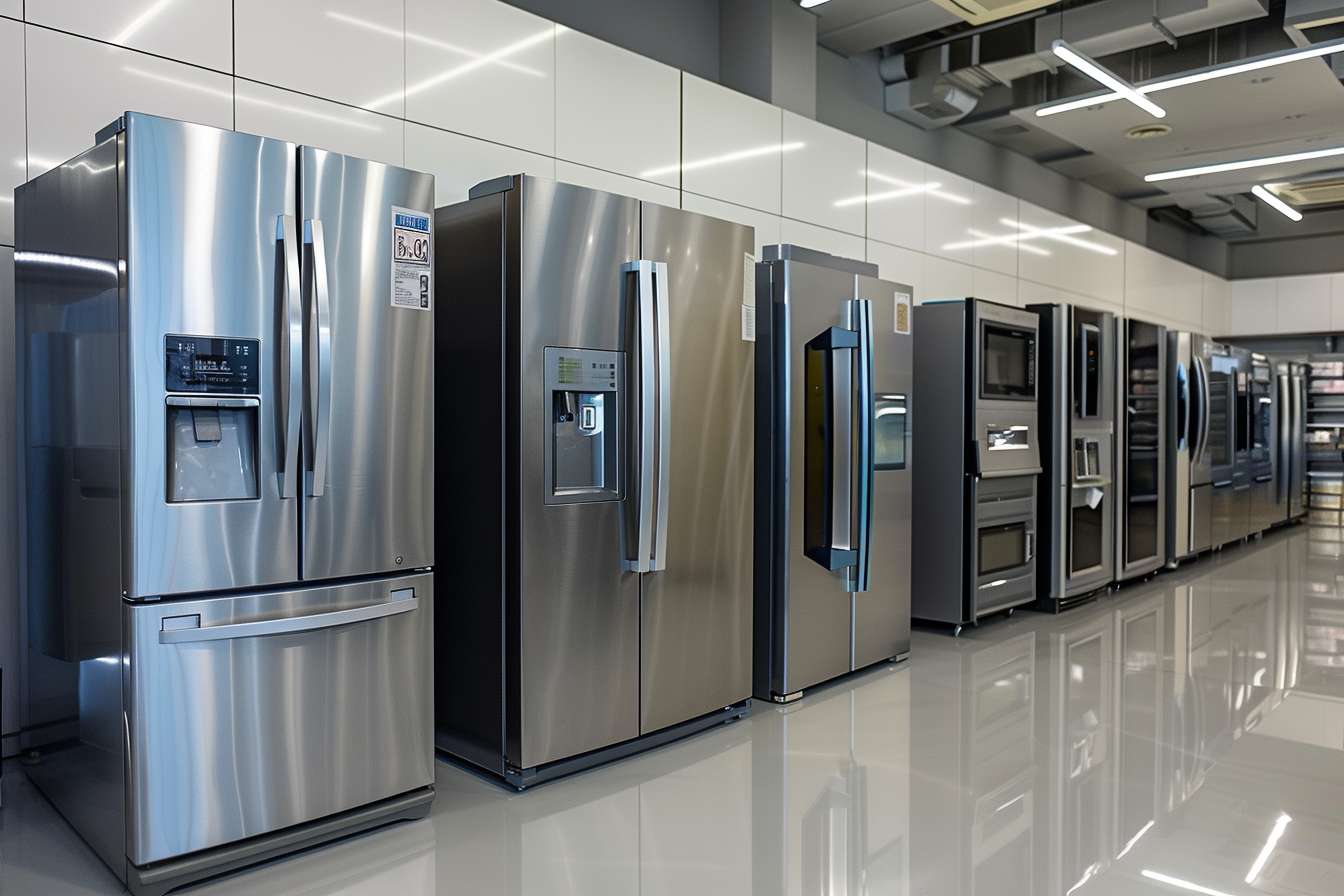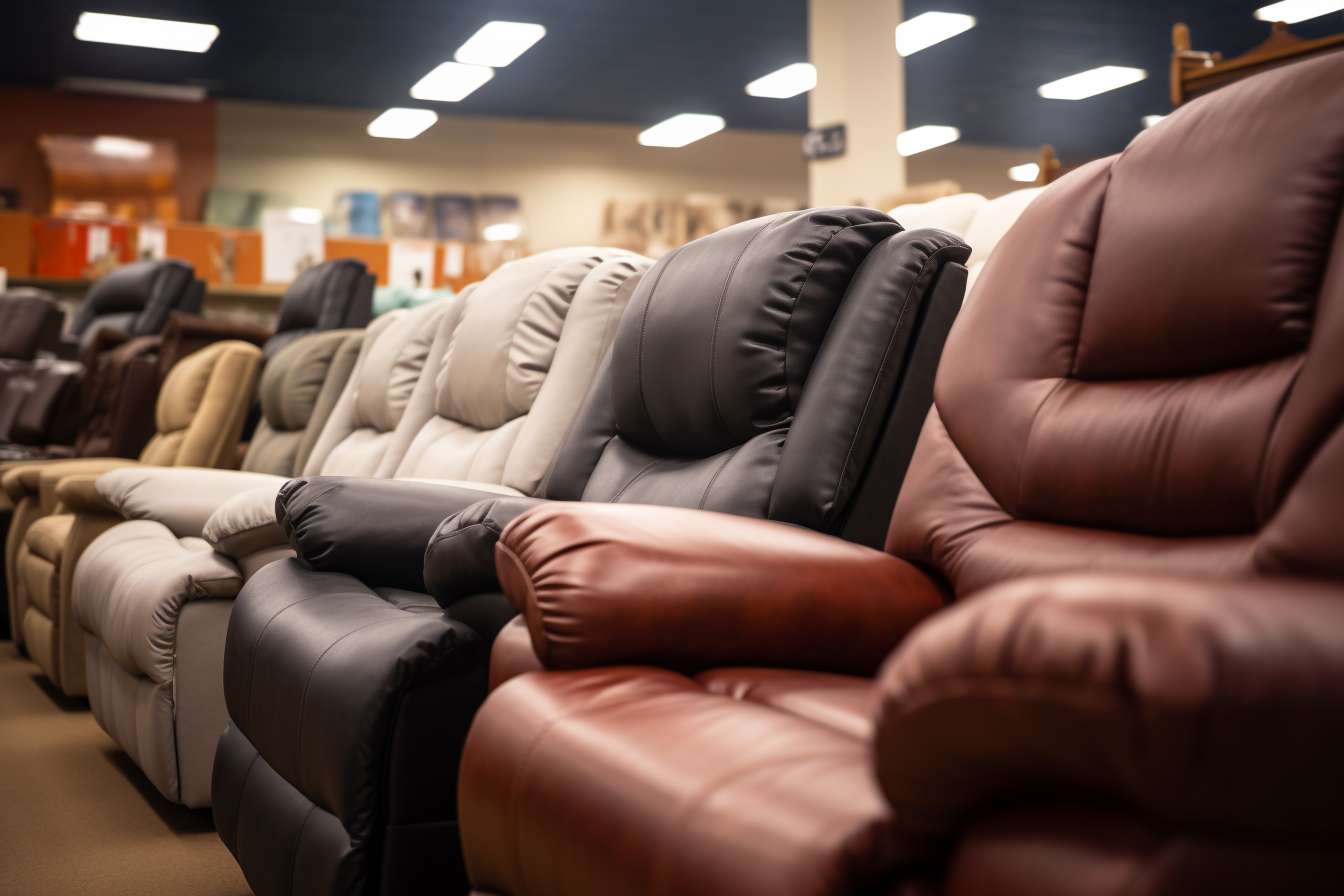Affordable Refrigerators Buying Guide 2025
Finding the perfect refrigerator doesn't have to break the bank. With technological advancements and increased competition among manufacturers, affordable refrigerators now offer impressive features, energy efficiency, and reliability that were once exclusive to premium models. This comprehensive guide will help you navigate the various options available, understand capacity requirements, and make an informed decision that fits both your needs and budget.

What Refrigerator Types Work Best for Different Scenarios?
Understanding refrigerator types helps you match your specific needs with the right appliance. Top-freezer refrigerators remain the most budget-friendly option, typically costing 20-30% less than other configurations while offering reliable performance for small to medium families. These models work exceptionally well in apartments, starter homes, or as secondary refrigerators in basements or garages.
Side-by-side refrigerators provide convenient access to both fresh and frozen foods at eye level, making them ideal for households with mobility concerns or frequent entertainers. French door models, while slightly more expensive, maximize fresh food storage and work perfectly for families who prioritize fresh produce and leftovers over frozen items.
Bottom-freezer refrigerators offer a middle ground, placing frequently accessed fresh foods at eye level while keeping frozen items in pull-out drawers below. Compact and mini refrigerators serve specific scenarios like dorm rooms, offices, or wet bars, providing essential cooling in space-constrained environments.
How to Choose the Right Capacity Selection by Family Size
Proper capacity selection ensures you have adequate storage without overpaying for unused space. For single individuals or couples, 10-16 cubic feet typically provides sufficient storage, accommodating weekly grocery runs and basic meal prep without overwhelming smaller living spaces.
Families of three to four people generally require 18-22 cubic feet of refrigerator space. This capacity handles larger grocery trips, school lunches, and leftover storage while maintaining energy efficiency. Consider your family’s eating habits - households that cook frequently or buy in bulk may need the higher end of this range.
Large families with five or more members should consider refrigerators with 22-28 cubic feet of capacity. These models often feature multiple crisper drawers, adjustable shelving, and dedicated storage zones that help organize food for busy households. Remember that capacity needs also depend on entertaining frequency and whether you maintain a separate freezer.
Essential Installation and Usage Notes for Optimal Performance
Proper installation significantly impacts your refrigerator’s performance and longevity. Ensure adequate clearance around your refrigerator - typically 1 inch on sides and back, with 2 inches on top for proper ventilation. Poor airflow forces the compressor to work harder, increasing energy consumption and reducing lifespan.
Level your refrigerator using adjustable feet to ensure proper door sealing and optimal cooling performance. Unlevel units may develop door seal issues, leading to energy waste and temperature inconsistencies. Check door seals regularly by placing a dollar bill in the door - if it slides out easily, the seal may need adjustment or replacement.
Set appropriate temperatures for optimal food safety and energy efficiency. The refrigerator compartment should maintain 37-40°F, while the freezer should stay at 0-5°F. Avoid overloading compartments, as proper air circulation is essential for consistent cooling throughout the unit.
Maintenance Tips to Extend the Life of Your Refrigerator
Regular maintenance dramatically extends refrigerator lifespan while maintaining peak efficiency. Clean condenser coils every six months using a vacuum or coil brush, as dust buildup forces the compressor to work harder and consume more energy. Coils are typically located behind or beneath the unit.
Replace water filters according to manufacturer recommendations, usually every 6 months, to maintain water quality and prevent system clogs. Clean the interior monthly with mild soap and warm water, paying special attention to spill cleanup to prevent odors and bacterial growth.
Check and clean door gaskets regularly to maintain proper sealing. Wipe them down with warm soapy water and inspect for cracks or tears that could compromise efficiency. Keep the refrigerator moderately full but not overcrowded, as thermal mass helps maintain stable temperatures while proper airflow prevents overworking the cooling system.
| Brand & Model | Capacity | Price Range | Key Features |
|---|---|---|---|
| Frigidaire FFTR1821TS | 18 cu ft | $450-550 | Top freezer, adjustable shelves, Energy Star |
| GE GTS18GTHWW | 17.5 cu ft | $500-600 | Top freezer, spill-proof shelves, LED lighting |
| Whirlpool WRT518SZFM | 18 cu ft | $550-650 | Top freezer, humidity-controlled crispers |
| Insignia NS-RTM18WH7 | 18 cu ft | $400-500 | Top freezer, reversible door, compact design |
| Magic Chef MCDR1000WE | 10.1 cu ft | $300-400 | Apartment size, dual door, wire shelves |
Prices, rates, or cost estimates mentioned in this article are based on the latest available information but may change over time. Independent research is advised before making financial decisions.
Understanding Long-Term Value and Total Cost of Ownership
While initial purchase price attracts attention, total cost of ownership includes energy consumption, maintenance, and expected lifespan. Energy Star certified models typically cost $50-100 more upfront but save $100-200 annually in electricity costs over standard models.
Consider warranty coverage when evaluating affordable options. Basic manufacturer warranties typically cover parts and labor for one year, with extended coverage available for major components like compressors. Some retailers offer protection plans that include regular maintenance and repair services.
Budget for potential repairs and maintenance costs. Top-freezer models generally require fewer repairs than more complex configurations, making them ideal for budget-conscious buyers seeking long-term reliability. Research brand reliability ratings and customer service quality, as these factors significantly impact long-term satisfaction and total ownership costs.
Finding an affordable refrigerator that meets your family’s needs requires balancing upfront costs with long-term value. By understanding different types, proper sizing, installation requirements, and maintenance practices, you can select a reliable appliance that serves your household efficiently for years to come. Focus on essential features rather than premium add-ons, prioritize energy efficiency, and choose reputable brands with solid warranty coverage to maximize your investment.




